 |
|||
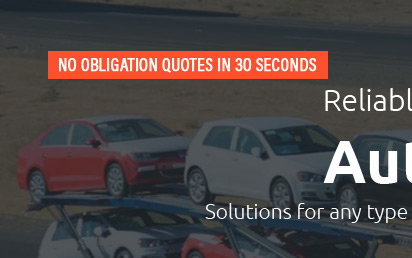 |
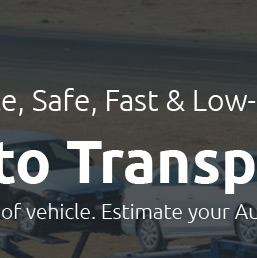 |
 |
|---|---|---|
 |
 |
|
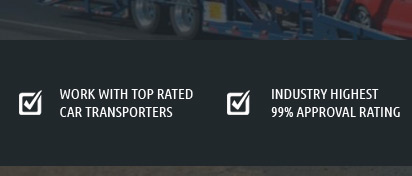 |
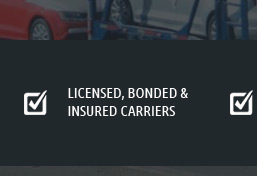 |
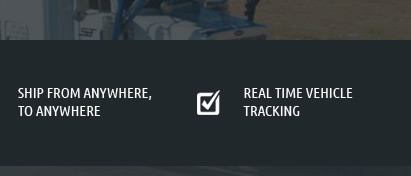 |
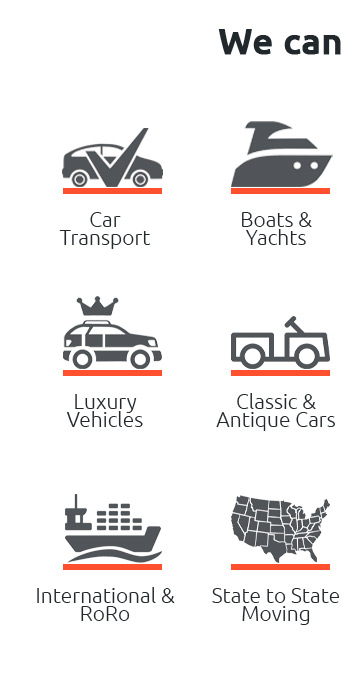 |
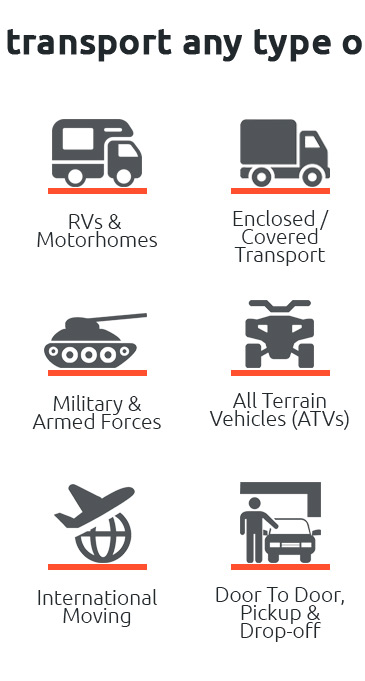 |
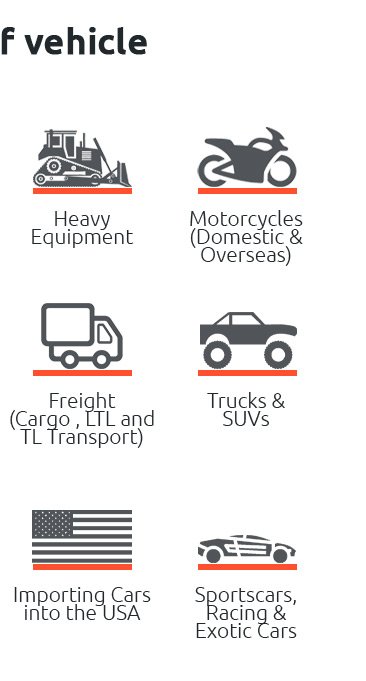 |
|---|
 |
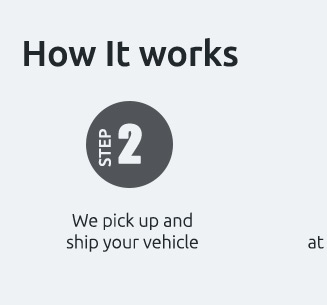 |
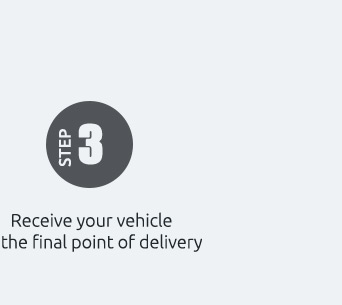 |
|---|---|---|
 |
||
 |
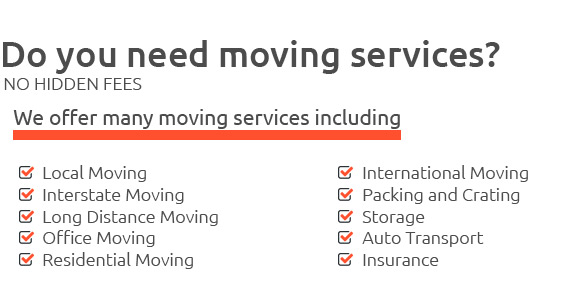 |
|---|---|
long haul vehicle transport insights for smooth, stress-free shippingWhat it involvesLong haul vehicle transport moves cars, trucks, and bikes over long distances, coordinating carriers, routing, and adequate insurance. Success hinges on accurate pickup details, flexible windows, and choosing the right service mix to balance speed, price, and the level of protection your vehicle needs. Popular options comparedOpen vs enclosed carriersOpen carriers are widely available and budget friendly, ideal for daily drivers. Enclosed carriers cost more but add weather shielding and lower exposure, favored for classics and exotics. Transit speed is similar; availability and routing drive the schedule. Door-to-door vs terminalDoor-to-door reduces handling and time but may face access limits. Terminal shipping lowers cost when you can drop off and pick up, yet adds storage days. Consider convenience, local restrictions, and your calendar before you choose.
Costs and timelinesQuotes reflect distance, route demand, vehicle size, season, and lead time. Booking one to two weeks ahead widens options; expedited service compresses windows at a premium. Prepare by removing personal items, reducing fuel, and documenting preexisting wear.
|
|---|